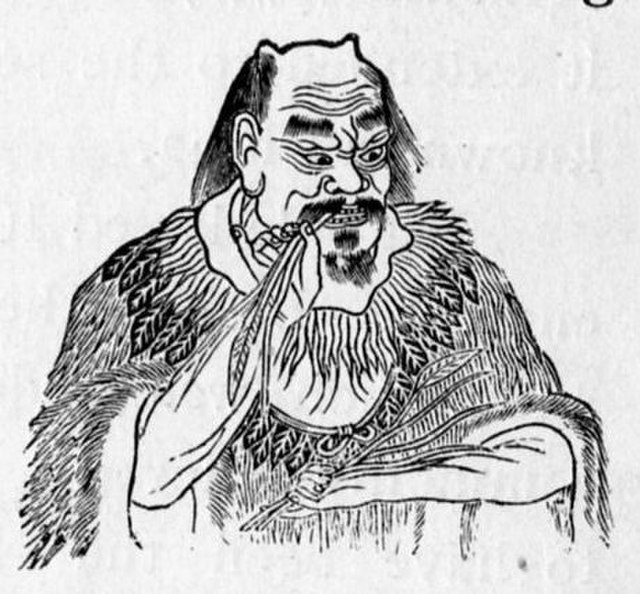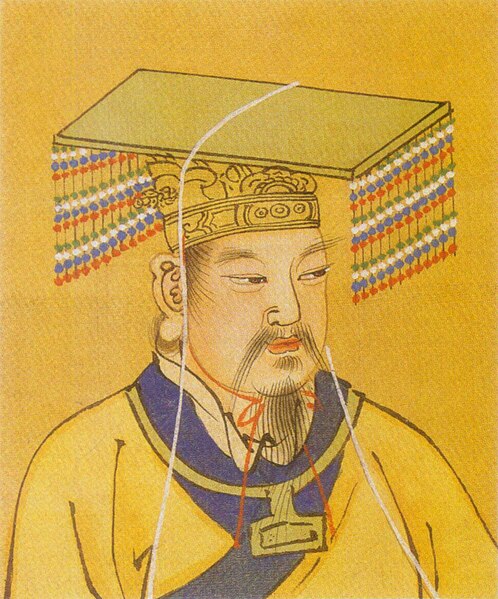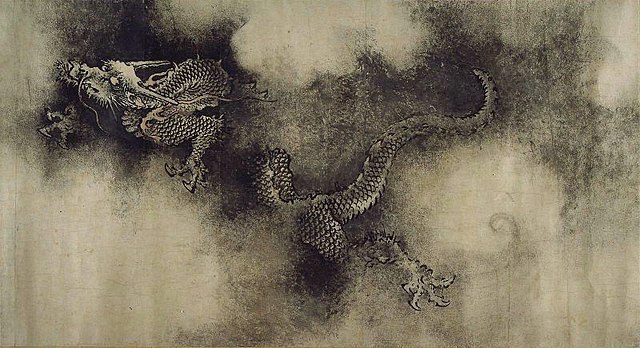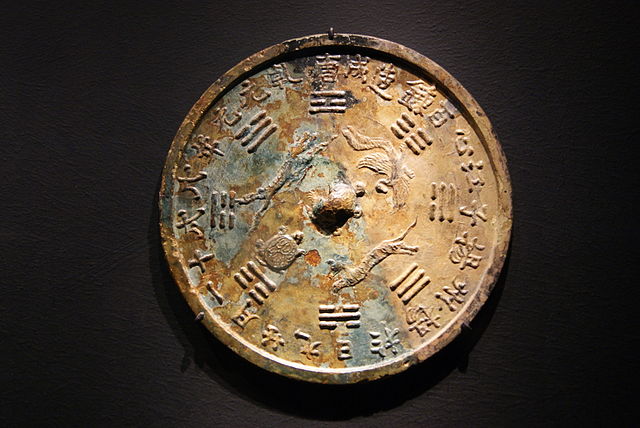Three Sovereigns and Five Emperors
According to Chinese mythology and traditional Chinese historiography, the Three Sovereigns and Five Emperors were a series of sage rulers, and the first Emperors of China. Today, they are considered culture heroes, but they were widely worshipped as divine "ancestral spirits" in ancient times. According to received history, the period they existed in preceded the Xia dynasty, although they were thought to exist in later periods to an extent in incorporeal forms that aided the Chinese people, especially with the stories of Nüwa existing as a spirit in the Shang dynasty and Shennong being identified as the godly form of Hou Ji and a founder of the Zhou dynasty.
The Hall of the Three Sovereigns in Changchun Si (长春寺), a Taoist temple in Wuhan
Shennong tasting herbs to discover their qualities
Historian's depiction of the Yellow Emperor
Another depiction of the Yellow Emperor
Chinese mythology is mythology that has been passed down in oral form or recorded in literature throughout the area now known as Greater China. Chinese mythology encompasses a diverse array of myths derived from regional and cultural traditions. Populated with engaging narratives featuring extraordinary individuals and beings endowed with magical powers, these stories often unfold in fantastical mythological realms or historical epochs. Similar to numerous other mythologies, Chinese mythology has historically been regarded, at least partially, as a factual record of the past.
Nine Dragons, handscroll section, by Chen Rong, AD 1244, Song dynasty, Museum of Fine Arts, Boston
Bronze mirror with cosmological decoration from the Belitung shipwreck, including Bagua.
The creation of the River of Heaven (Milky Way) across the sky.
Ming dynasty Water and Land ritual painting of celestial deities








